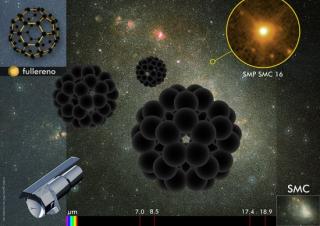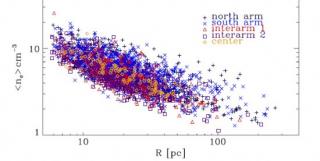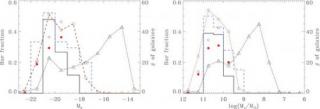In a recently published differential analysis (see ApJ, 724, 1536, Dec. 1 issue) , we have derived abundance corrections for iron lines, using synthetic spectra from solar magnetoconvection simulations that were performed via running the Copenhagen stagger-code on massively-parallel clusters. The series of 3D snapshots used for the spectral synthesis covers 2.5 solar hours in the statistically stationary regime of the convection.Crucially, we show that the effect of magnetic fields on solar abundancedeterminations can not be neglected. This is equally valid for all three different Fe
Advertised on


